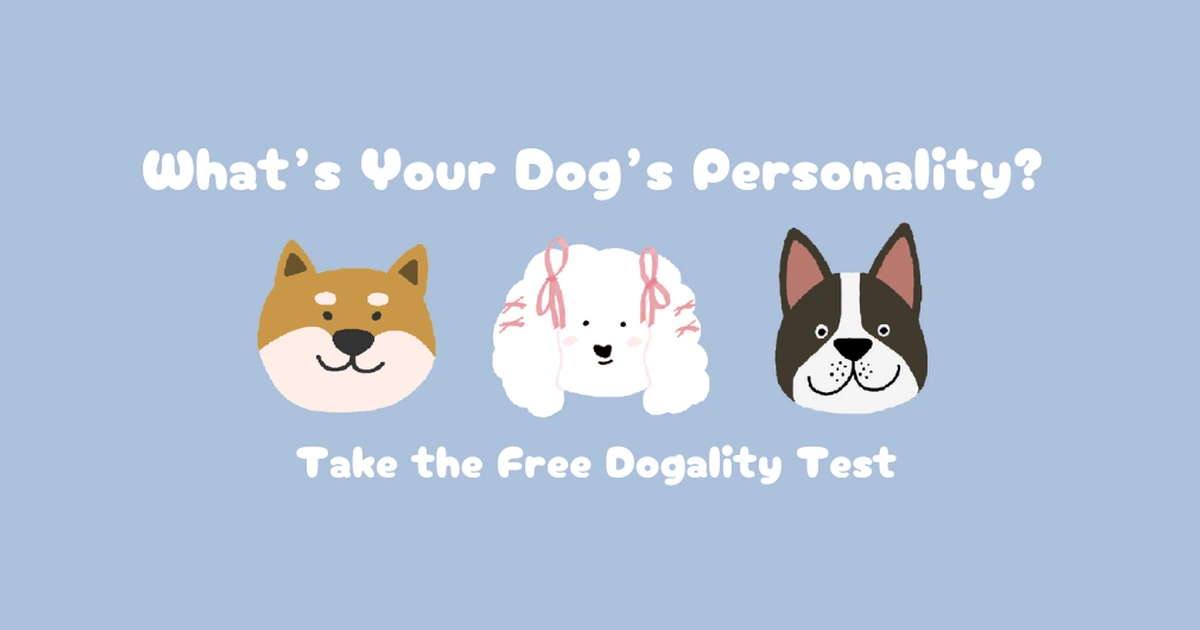Traveling With Dogs: Reduce Anxiety (Car, Plane, Hotel)
A calm trip starts weeks before you leave, not at the curb.
Use this practical plan to lower stress in the car, on flights, and at hotels with simple conditioning and the right gear.
Why Dogs Get Anxious When Traveling
New sounds, motion, smells, and routines trigger uncertainty that raises arousal and vocalization.
Predictability, familiar scents, and gradual exposure reduce the unknowns that fuel anxiety.
Pre-Trip Conditioning
Start 2–3 weeks ahead with short daily reps that pair the carrier or car with food, chews, and calm.
Feed a few meals in the crate or carrier, then close the door briefly while your dog enjoys a stuffed chew.
Play recorded airport or road noise quietly during relaxation time and raise volume slowly across days.
Take a 5–10 minute drive every other day and end at a fun walk, not the vet.
Internal link: try enrichment games to burn energy before training.
Car Travel Plan
Use a crash-tested crate or harness in the back seat for safety and security.
Keep the cabin cool, play white noise softly, and offer a safe chew only when the car is moving smoothly.
Stop every 2–3 hours for water, a short sniffy walk, and a bathroom break.
For motion sickness, ask your vet about anti-nausea options rather than sedatives.
Reference: AVMA: Travel Safely With Pets.
Plane Travel Plan
Choose nonstop flights, travel during cooler hours, and confirm airline pet policies and carrier sizing early.
Carrier train daily so your dog can lie down, chew, and relax in a familiar-smelling space.
Place an absorbent pad and an unwashed T-shirt in the carrier to bring home scent on board.
Arrive early for a quiet pre-boarding walk and offer water in small sips before security.
Reference: TSA: Traveling With Pets • IATA: Pet Travel.
Hotel Stay Plan
Pick pet-friendly rooms away from elevators and request a lower floor for quick relief breaks.
Set up the crate with your dog’s bed, cover three sides, and run a white-noise app to buffer hallway sounds.
Do a sniffy lap around the block, then a short training session before settling in the room.
Leave a Do Not Disturb sign and avoid leaving your dog alone until they relax reliably.
Personality-Based Tips
Sensitive dogs benefit from quiet rehearsals and extra distance from busy areas.
Energetic dogs travel better after exercise plus a chew or snuffle mat during waits.
Independent dogs need a predictable routine and a “place” mat for rests in terminals or lobbies.
Discover your pup’s style with our free Dogality Test for tailored travel ideas.
Related read: separation anxiety tips for hotel downtime.
Troubleshooting
If whining rises, lower difficulty: shorter drives, quieter environments, and easier chews.
If barking at passersby in hotels persists, move the crate away from the door and reward quiet with scattered treats.
If panic signs appear, pause the trip plan and consult a qualified force-free trainer or your veterinarian.
Reference: AKC: How to Travel With Your Dog.
FAQ
How early should I start carrier training?
Two to three weeks gives most dogs time to
relax in the carrier with daily chews and short sessions.
What should I pack?
Familiar bed, crate, long-lasting chews, collapsible bowls, poop
bags, wipes, and printed vaccine records if flying.
Can I open the carrier mid-flight?
Follow airline rules; most require your dog to stay
fully inside the carrier while seated.
How do I handle layovers?
Use pet relief areas, offer water, and practice a few “settle”
reps on a blanket in a quiet corner.
